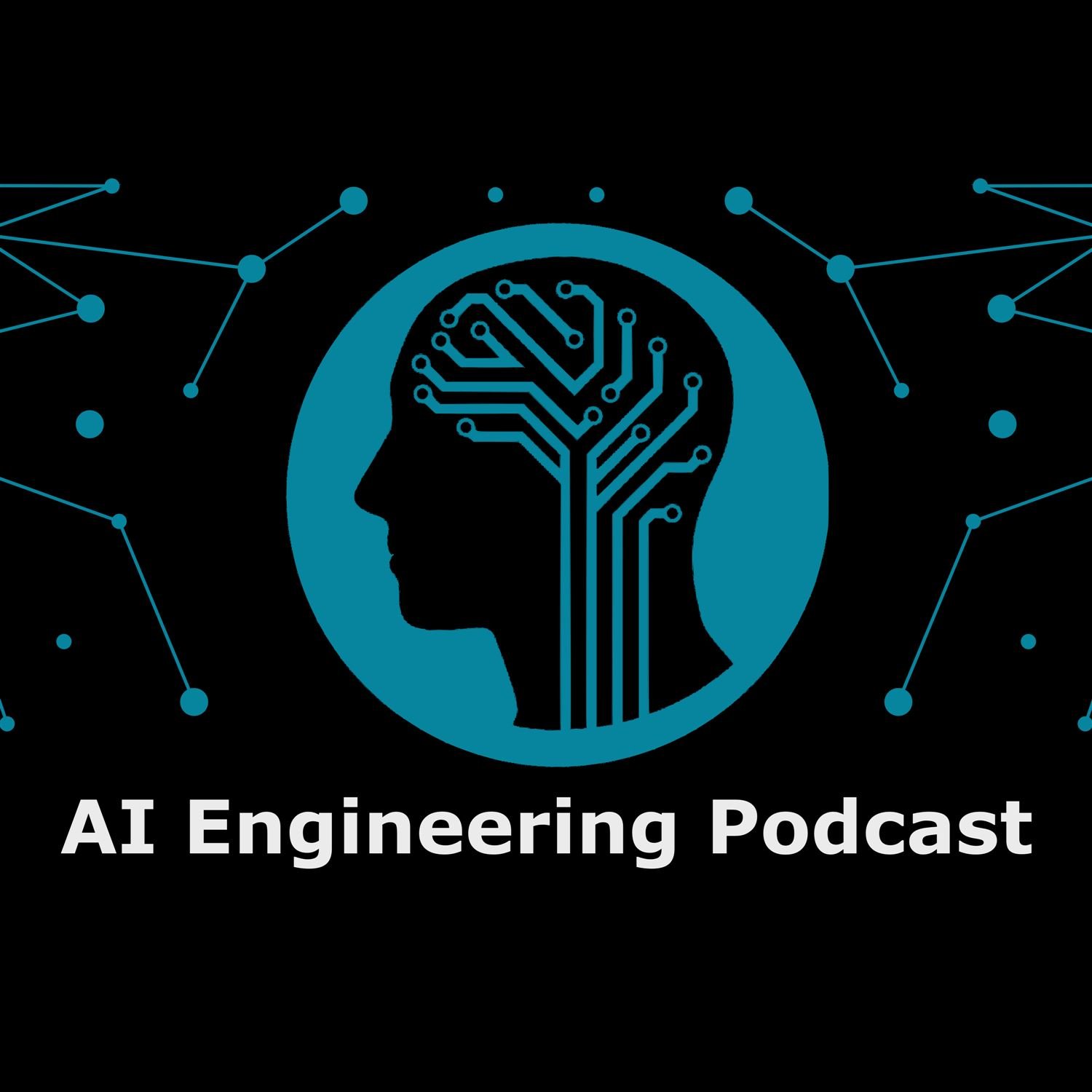
Shownotes Transcript
SummaryIn this episode of the AI Engineering Podcast Ali Golshan, co-founder and CEO of Gretel.ai, talks about the transformative role of synthetic data in AI systems. Ali explains how synthetic data can be purpose-built for AI use cases, emphasizing privacy, quality, and structural stability. He highlights the shift from traditional methods to using language models, which offer enhanced capabilities in understanding data's deep structure and generating high-quality datasets. The conversation explores the challenges and techniques of integrating synthetic data into AI systems, particularly in production environments, and concludes with insights into the future of synthetic data, including its application in various industries, the importance of privacy regulations, and the ongoing evolution of AI systems.Announcements
- Hello and welcome to the AI Engineering Podcast, your guide to the fast-moving world of building scalable and maintainable AI systems
- Seamless data integration into AI applications often falls short, leading many to adopt RAG methods, which come with high costs, complexity, and limited scalability. Cognee offers a better solution with its open-source semantic memory engine that automates data ingestion and storage, creating dynamic knowledge graphs from your data. Cognee enables AI agents to understand the meaning of your data, resulting in accurate responses at a lower cost. Take full control of your data in LLM apps without unnecessary overhead. Visit aiengineeringpodcast.com/cognee) to learn more and elevate your AI apps and agents.
- Your host is Tobias Macey and today I'm interviewing Ali Golshan about the role of synthetic data in building, scaling, and improving AI systems
Interview
Introduction
How did you get involved in machine learning?
Can you start by summarizing what you mean by synthetic data in the context of this conversation?
How have the capabilities around the generation and integration of synthetic data changed across the pre- and post-LLM timelines?
What are the motivating factors that would lead a team or organization to invest in synthetic data generation capacity?
What are the main methods used for generation of synthetic data sets?
How does that differ across open-source and commercial offerings?
From a surface level it seems like synthetic data generation is a straight-forward exercise that can be owned by an engineering team. What are the main "gotchas" that crop up as you move along the adoption curve?
What are the scaling characteristics of synthetic data generation as you go from prototype to production scale?
domains/data types that are inappropriate for synthetic use cases (e.g. scientific or educational content)
managing appropriate distribution of values in the generation process
Beyond just producing large volumes of semi-random data (structured or otherwise), what are the other processes involved in the workflow of synthetic data and its integration into the different systems that consume it?
What are the most interesting, innovative, or unexpected ways that you have seen synthetic data generation used?
What are the most interesting, unexpected, or challenging lessons that you have learned while working on synthetic data generation?
When is synthetic data the wrong choice?
What do you have planned for the future of synthetic data capabilities at Gretel?
Contact Info
Parting Question
- From your perspective, what are the biggest gaps in tooling, technology, or training for AI systems today?
Closing Announcements
- Thank you for listening! Don't forget to check out our other shows. The Data Engineering Podcast) covers the latest on modern data management. Podcast.init) covers the Python language, its community, and the innovative ways it is being used.
- Visit the site) to subscribe to the show, sign up for the mailing list, and read the show notes.
- If you've learned something or tried out a project from the show then tell us about it! Email [email protected] with your story.
- To help other people find the show please leave a review on iTunes) and tell your friends and co-workers.
Links
- Gretel)
- Hadoop)
- LSTM == Long Short-Term Memory)
- GAN == Generative Adversarial Network)
- Textbooks are all you need) MSFT paper
- Illumina)
The intro and outro music is from Hitman's Lovesong feat. Paola Graziano) by The Freak Fandango Orchestra)/CC BY-SA 3.0)